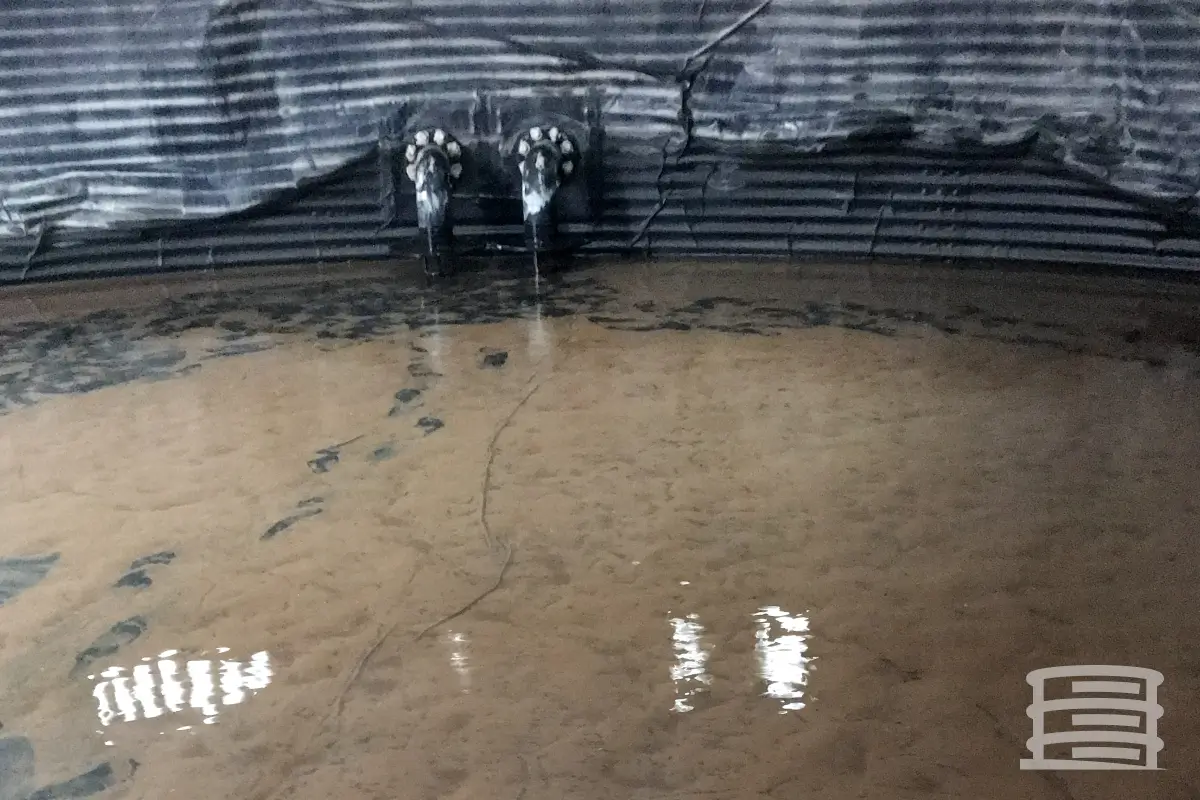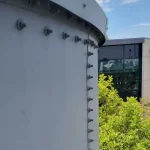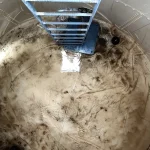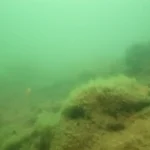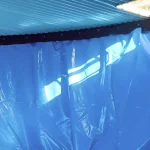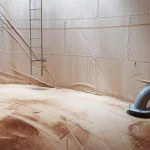While the Earth appears to have abundant water, only about three percent of it is freshwater. Within that small fraction, only approximately 1.2 percent is suitable for drinking, with the rest locked in glaciers, ice caps, permafrost, or deep underground.
Water is essential for sustaining human civilization. In the United States alone, daily consumption of surface water totals 327 billion gallons. Consider the immense global water usage!
Have you ever wondered how large quantities of clean freshwater are stored? Water storage tanks play a crucial role in this process. Maintaining a watertight and functional storage tank is vital for any water storage facility. Therefore, conducting regular inspections to ensure the tank’s integrity, especially examining the tank’s bottom, is essential.
What’s the Point of Water Tank Inspections and Maintenance?
Implementing a consistent inspection schedule for tanks, similar to other assets, can significantly reduce long-term maintenance and replacement costs. Most traditional tank materials will degrade over time if not properly maintained, due to issues like corrosion, cracking, and rusting.
According to the American Water Works Association (AWWA), potable water storage towers should undergo inspections every three to five years. Additionally, many tank manufacturers require regular inspections as part of their warranty conditions. Beyond the tanks themselves, regular inspections of potable water storage facilities are crucial for ensuring the delivery of clean water supplies.
While sediment may gradually accumulate at the tank bottom, its presence in small amounts typically does not affect water quality or compromise the stability of the storage tank.
The Key Benefits of Conducting Proper Tank Bottom Inspections
It is essential to work with proper tank bottom inspections to look out for any problem, and aside from that, these are the key benefits of conducting proper tank bottom inspections:
Prompt Detection of Leaks
Regular inspections are vital for swiftly identifying bottom leaks in water tanks, enabling timely repairs before they worsen and jeopardize water purity.
Maintenance of Structural Integrity
Inspections help verify the tank’s structural integrity, ensuring it remains robust and free from corrosion or degradation that could compromise its stability.
Prevention of Water Contamination
Inspections uncover any buildup of impurities or contaminants on the tank bottom, safeguarding water quality and shielding consumers from potential health hazards.
Cost Efficiency
Timely issue identification during inspections can prevent costly repairs in the future, extending the tank’s operational life.
Adherence to Regulations
In many regions, routine tank inspections are legally required to uphold water supply safety and purity standards.
To uphold the safety and quality of stored water, regular bottom inspections of tanks are indispensable. Investing in this critical measure ensures a safer and more dependable water supply.
Checklist for Conducting Bottom Tank Inspections
- Inspect the tank’s exterior thoroughly for indications of corrosion, cracks, or deterioration, focusing on seams, joints, and connections.
- Verify the adequacy of the tank’s support system to ensure it is properly supported without any settling or shifting.
- Examine the tank’s roof for any damage, leaks, or overall condition concerns.
- Evaluate the interior for signs of corrosion, sediment accumulation, and pollutants, checking for leaks at the bottom and any wall damage.
- Check the functionality of both inlets and outlets to ensure there are no leaks or corrosion issues.
- Inspect the ventilation system to ensure proper airflow and to prevent any potential gas buildup.
- Evaluate access points to ensure they are secure and facilitate easy maintenance and inspections.
- Monitor the water level to detect any stability issues or signs of leaks or changes.
- Conduct water quality testing by collecting a sample for analysis to confirm compliance with regulatory standards.
- Document all observations and make note of any necessary repairs or maintenance actions required following the inspection.
By adhering to this thorough storage tank bottom inspection checklist, you can verify that your tank is in good shape and that its water is safe and high quality.
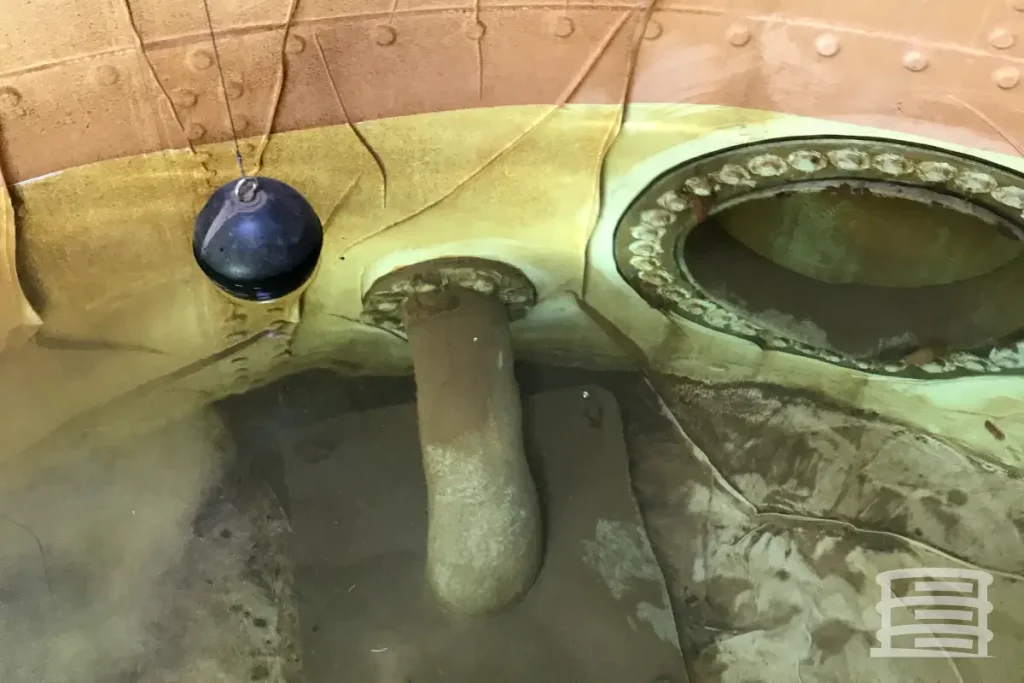
Get The Proper Tank Inspection You Need!
As storage tanks mature, we evaluate a range of tank types, such as those for potable water, chemicals, fuels, and bulk dry goods, focusing on typical issues that arise. State regulations require annual inspections of all commercial storage tanks, performed by licensed specialists.
Whether you have a newly installed NFPA 25 Inspections by American Tanks unit awaiting its inaugural inspection or you’re monitoring an aging concrete setup in use for two decades, our team is ready to conduct thorough examinations and deliver comprehensive reports.
Call NFPA 25 Inspections by American Tanks at +1 800 656 0167
Or email at info@nfpa25inspections.com
